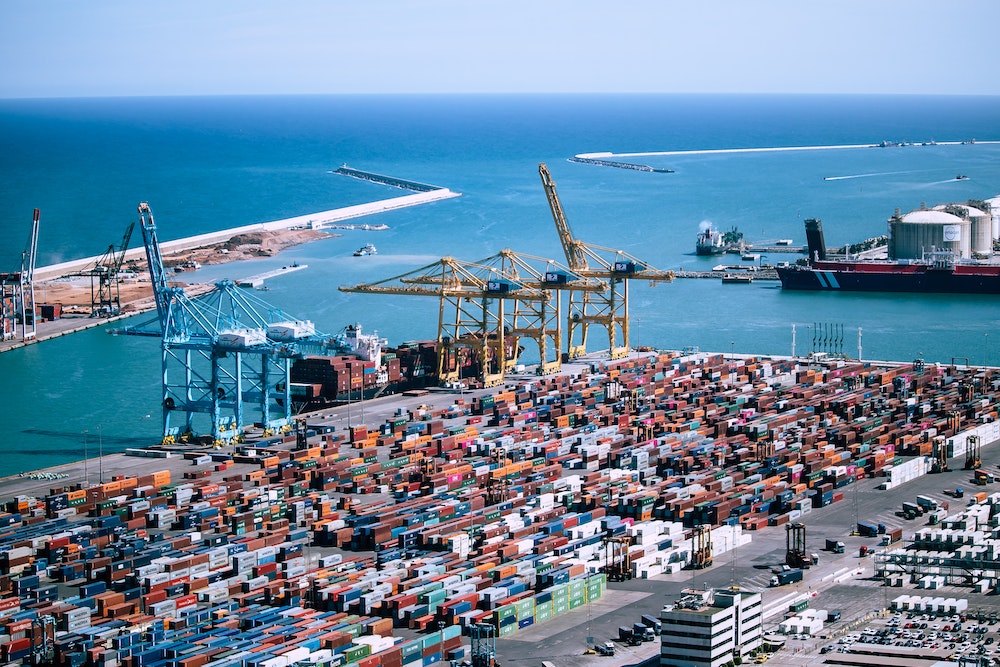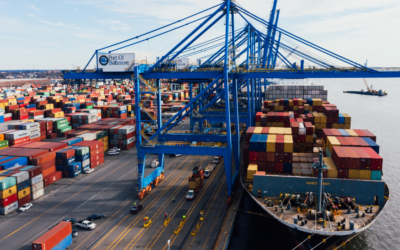In the shipping industry, the one constant is change. The past few years have shown us that conditions can vary daily, and it’s good to have not only a Plan B but perhaps a few backup plans as well. Such is the case with port delays. As we have reported in previous shipping updates, backups at ports in Southern California wreaked havoc on the industry, forcing companies to reroute to get products to their destinations on time. That shift away from some West Coast ports has resulted in backups in other ports while those on the Pacific are seeing almost no issues now.
A Look Back at Port Delays and Congestion
During port shutdowns at the height of the pandemic, the supply chain was severely impacted. In April 2021, vessels were waiting off the coast of Los Angeles for up to eight days. That caused companies like Peloton to transition to transition to air shipments, which although costly, were more reliable than ocean liners at the time.
It got worse when, in September of that same year, 44 ships were anchored off the coast of California just waiting for an opportunity to dock. At that point, most freight forwarders had stopped waiting for the situation to rectify itself and were seeking alternatives. Many were rerouting shipments to the other side of the country, which led to different challenges.
Port Delays Shift East
Because of the port congestion on the West Coast, shipments started to move east. Even for cargo coming out of Asia—that had to go thousands more miles to arrive in the US on a different coast—a change in destinations was more efficient than waiting for port delays in California and Washington. But now, with all the diverted shipments, port congestion has gotten worse on the East Coast while it’s lessened considerably on the West Coast.
The statistics reported by Freight Waves tell the story best:
- Between December 2019 and December 2022, imports coming into Virginia increased 21%, Savannah 26%, and Charleston 28%.
- In contrast, during that same three-year period, shipments to Los Angeles and Long Beach dropped 15%, Oakland 19%, and Seattle/Tacoma 20%.
It’s clear that the shift is making a huge difference in numbers and port delays. As shipments to East Coast ports increase, so does port congestion.
What the Future Holds
Will there be another shift back to the West Coast in the coming years? It’s hard to say. With the ILWU contract negotiations still in flux, shippers continue to be wary of directing freight to ports on the West Coast.
And that’s why it’s so important to have a freight forwarder in your corner.
At Cyclone Shipping, we stay up to date with everything that’s happening in the shipping industry, whether that’s port delays, contract disputes, potential strikes, or supply chain challenges. Our mission is always to ensure that our clients’ shipments get to their destinations on time by having multiple options at the ready. It’s time to let go of the headache of managing shipments and focus fully on your business. Learn more about how we can help you get started.




